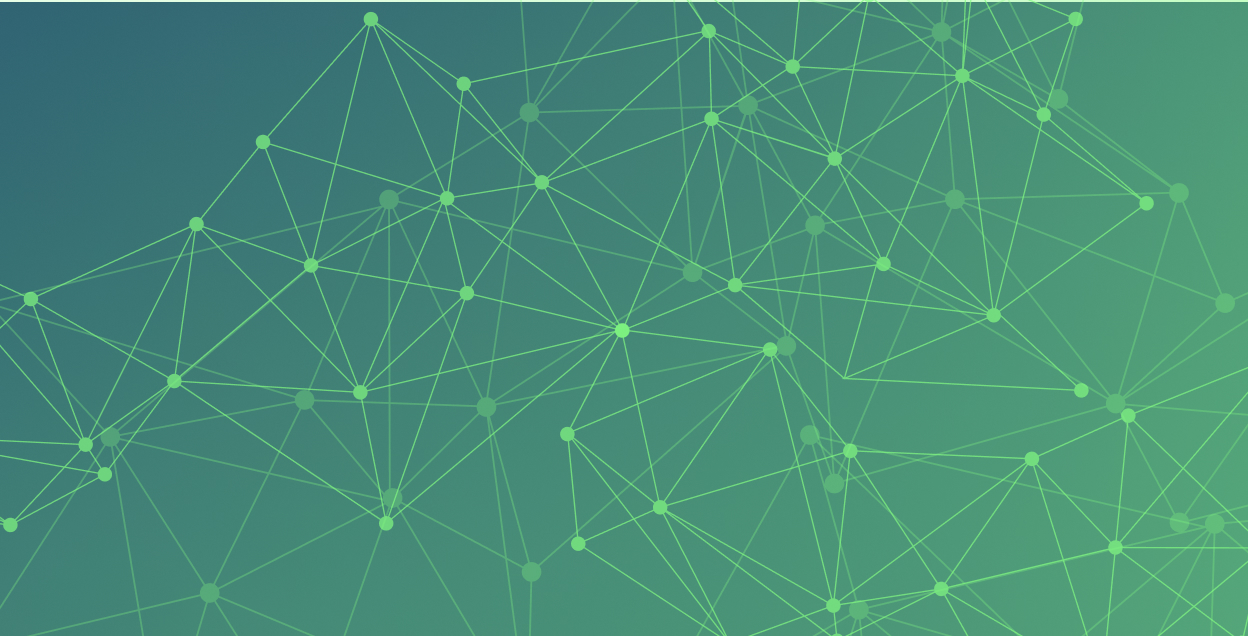Summary

Cyberhill Partners: Driving Modern Enterprise Transformation with Cybersecurity, Cloud, and AI Innovation
Today’s leading companies aren’t short on technology, but they are under pressure to make it all work together. Cloud platforms, cybersecurity challenges, AI solutions, and sprawling application stacks have introduced new opportunities, while also creating operational and security complexities. That’s why in 2025, global enterprises are turning to strategic services firms like Cyberhill Partners to align their technology investments with business outcomes.
Cyberhill Partners is a software services firm that doesn’t just implement technology; it engineers what’s next. From artificial intelligence and cloud integration to secure architecture and enterprise-scale software deployments, Cyberhill helps organizations modernize with precision and deliver measurable value. With nearly 1000 successful implementations across cybersecurity, cloud, AI, and data analytics — and a strong track record supporting both mid to large enterprises as well as the U.S. Department of Defense and Intelligence Community — Cyberhill helps teams operationalize their data, strengthen their security posture, and accelerate digital transformation.
CIO Bulletin had the chance to speak with Rob Buller, Founder and Managing Partner of Cyberhill Partners, about what it really takes to lead complex technology initiatives. He explains how Cyberhill brings structure, clarity, and follow-through to projects where the stakes and expectations are high.
Interview Highlights
What inspired you to start Cyberhill Partners—and how has that vision shaped the way your team approaches software implementation today?
I have worked in and around large enterprise technology for most of my career, leading up to 2017. At that point, I saw massive confusion surrounding the cloud, along with familiar stories of cybersecurity challenges. But what truly caught my attention was the global expansion of IoT and fringe devices—cars, refrigerators, smartphones, and more—spreading rapidly across enterprise environments.
This massive growth inspired the idea for Cyberhill Partners. I recognized that companies were already struggling to remain scalable and secure with these devices, but now they also needed to become more informed and proactive about what was happening within their environments, particularly user behavior.
I started Cyberhill to help enterprises meet these challenges head-on. We set out to identify the best software companies across cloud, cybersecurity, and AI, and to compile these technologies into turnkey solutions for our clients.
Cyberhill operates at the intersection of cybersecurity, cloud, and data/AI. How do you balance these three pillars to create a cohesive strategy that drives success across complex organizations?
At Cyberhill, we don’t view cybersecurity, cloud, and data/AI as separate pillars — they’re inherently connected. If you build an AI infrastructure, it still needs to be secure (cybersecurity) and scalable (cloud). As AI agents and orchestration platforms become more prevalent and begin to automate core functions, critical areas like API security and data governance also become essential.
This blending of disciplines is what makes Cyberhill different. We have deep expertise across cybersecurity, cloud, and AI individually, but more importantly, we know how to integrate them into a cohesive strategy. That ability to bring all three together is what allows us to drive success in complex enterprise environments.
Your services span across various sectors. How does Cyberhill ensure these services remain human-centric, balancing cutting-edge technology with the real needs of the people using them?
Usability has always been a core tenet of Cyberhill. We often say that companies invest in large new software platforms, but without the right internal expertise, that software can quickly become “credenzaware” — software that sits unused, never realizing its full potential or return on investment.
Cyberhill was built to change that. We not only bring deep technical expertise, but we also focus on delivering outcome-driven solutions designed around the real needs of our customers. Our goal is to ensure the technology works for the people using it, helping them achieve tangible outcomes with the tools they’ve invested in.
With nearly 1000 software implementations, Cyberhill turns complexity into clarity. What’s your secret to delivering solutions that feel seamless and effective for clients?
Our “secret sauce” is simple: we don’t just throw an engineer at a complex problem and hope for the best. We build balanced teams.
Every Cyberhill project typically includes a project manager, an engineer, an architect, and a client partner. Each brings a different perspective, from technical depth to delivery precision to client advocacy. By bringing these perspectives together, we make complex deployments more organized, more transparent, and ultimately more successful for our clients.
We’ve supported environments with 276 domains across global networks spanning on-premises systems, multiple cloud platforms, and international data centers. These are the kinds of high-stakes environments where security, scalability, and precision all matter—environments that Cyberhill is built to support.
Modernizing core infrastructure is essential, but some organizations resist change due to cost, complexity, or fear of disruption. How does Cyberhill approach these hesitations to help clients embrace cybersecurity and cloud solutions confidently?
At Cyberhill, we recognize that change can feel overwhelming, especially when it comes to critical areas like cybersecurity and cloud transformation. That’s why we offer a roadmapping service designed to give clients a clear, confident path forward.
Through this process, we help organizations define their envisioned future state and then create a practical, multi-year plan to guide them from where they are today to where they want to be. It’s a highly successful approach, and one that’s often much needed to break through the uncertainty that holds companies back.
In the race to adopt new technologies, how does Cyberhill ensure that security isn’t compromised for speed, especially when clients are under pressure to innovate quickly?
At Cyberhill, security and scalability are never afterthoughts; they’re foundational to every implementation we deliver, regardless of focus.
We consistently cross-train our teams, ensuring that cybersecurity engineers understand AI and that AI engineers understand cybersecurity. This interdisciplinary approach allows us to move quickly without compromising security or stability.
We also believe that cloud, cybersecurity, and AI are inextricably linked. You cannot innovate responsibly in one area without accounting for the others. This philosophy is built into everything we do.
How have your partnerships enhanced Cyberhill’s solutions and supported your goals for secure, sustainable digital transformation?
Partnerships have been essential to Cyberhill’s ability to drive secure, sustainable digital transformation for our clients. One standout collaboration is our partnership with Palantir, which began six years ago to develop a mission-critical AI solution for the CIA.
Cyberhill continues to lead the mission team, adapting and evolving the technology to stay ahead of the agency’s most pressing needs. This is a testament to our long-term commitment to innovation, security, and impact.
As a Most Admired Company to Watch in 2025, what is Cyberhill’s boldest vision for the next decade? How do you see your solutions evolving to shape the future of enterprise software and digital transformation?
At Cyberhill, we believe the future of enterprise technology is being reshaped by two forces: AI and quantum computing. We see traditional enterprise software diminishing over time, with AI agents and orchestration platforms increasingly automating core functions.
Looking further ahead, we envision a world where quantum computing is leveraged alongside AI to solve some of the long-standing challenges that have held enterprise systems back for decades.
Because Cyberhill provides integrated solutions across AI, cybersecurity, and cloud, and remains closely aligned with these emerging technologies, we believe we are uniquely positioned to help our partners and clients thrive in this next era of transformation.
Closing Thoughts
As enterprise technology continues to evolve, Cyberhill Partners remains focused on what matters most: delivering results that scale. Whether orchestrating PAM across hundreds of network domains or building AI for national security missions, Cyberhill is known for disciplined execution in complex environments. For Rob Buller and the Cyberhill team, success isn’t just about adopting the latest tools; it’s about building systems that scale, adapt, and continue delivering value over time.
Rob Buller: A Builder with a Strategic Edge
Rob Buller is a serial entrepreneur and technology strategist known for building companies that drive lasting impact. He began his career on Wall Street with JPMorgan before launching an early online grocery platform, years before major retailers adopted the “order online, pick up in store” model. After selling that venture to Harris Teeter, he became one of the youngest partners at KPMG, leading its national eCommerce strategy.
Rob went on to build and exit multiple companies, including a virtual assistant firm acquired by Regus. He has also served as the Chief Operating Officer of a publicly traded tech company in Silicon Valley. Today, Rob leads Cyberhill with a coach’s mindset, helping teams and clients succeed through sharp execution, technical clarity, and a long-term view of innovation. He is also the creator of Pahu, the world’s first AI-based identity platform (patent pending).

Forbes Feature: The Untapped Power Of Unstructured Data In Enterprise AI

The AI Readiness Gap: Why Most Organizations Aren’t Prepared to Scale AI
